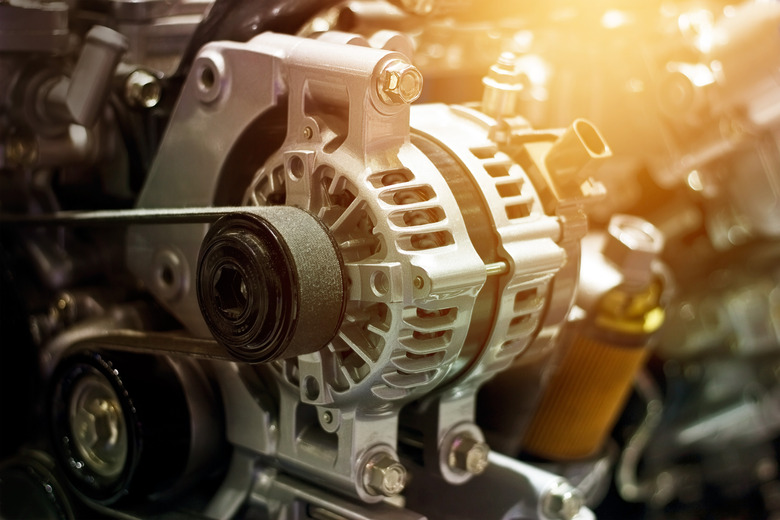What Are The Functions Of A Magnetic Contactor?
What is a Magnetic Contactor?
Magnetic contactors are a form of electrical relay found on most electrically powered motors. They act as a go-between for direct power sources, and high-load electrical motors in order to homogenize or balance out changes in electrical frequency which may come from a power supply as well as to act as a safeguard. It should be noted that though they are similar in design, magnetic contactors are not circuit breakers. They do not sever the connection between appliance, and power source during a short circuit. They are detachable from a motor so that an operator may work with that motor; disassemble or maintain it, without the possibility of live current still passing through the device.
Design
Design
The exterior of the magnetic contactor is square and boxlike. Depending on the electrical device to which it attaches, it can be small enough to fit in the hand or over a yard in length. They are made of a heat-resistant, non-conductive plastic such as Bakelite, and have two metal contacts which fit into the contacts of their parent device. Inside, one contact leads to a small electromagnetic coil. The other contact leads to a soft iron core which stays separated from the coil because of a spring.
Function
Function
When electricity flows through the magnetic contactor, it causes the electromagnet to generate a strong magnetic field. This field pulls the iron core into the coil, and creates an electrical arc. Electricity passes in through one contact and into the contactor's parent device in this manner. To deactivate, the contactor can be physically pulled from the parent device. Also, in the absence of electrical current, the spring pushes the core away from the coil, breaking the connection.
Cite This Article
MLA
Albers, John. "What Are The Functions Of A Magnetic Contactor?" sciencing.com, https://www.sciencing.com/functions-magnetic-contactor-5598543/. 13 March 2018.
APA
Albers, John. (2018, March 13). What Are The Functions Of A Magnetic Contactor?. sciencing.com. Retrieved from https://www.sciencing.com/functions-magnetic-contactor-5598543/
Chicago
Albers, John. What Are The Functions Of A Magnetic Contactor? last modified March 24, 2022. https://www.sciencing.com/functions-magnetic-contactor-5598543/
